Chinese Water Dragons have become increasingly popular exotic pets in recent years, captivating reptile enthusiasts with their striking emerald scales and prehistoric appearance. These semi-arboreal lizards native to the tropical regions of southern China and Southeast Asia offer a fascinating glimpse into reptilian behavior and biology. However, before bringing one of these magnificent creatures into your home, it’s essential to understand the significant commitment they require in terms of space, environment, diet, and lifespan. This comprehensive guide will walk you through everything you need to know about Chinese Water Dragons, helping you make an informed decision about whether this exotic pet is the right choice for you.
Understanding Chinese Water Dragon Basics
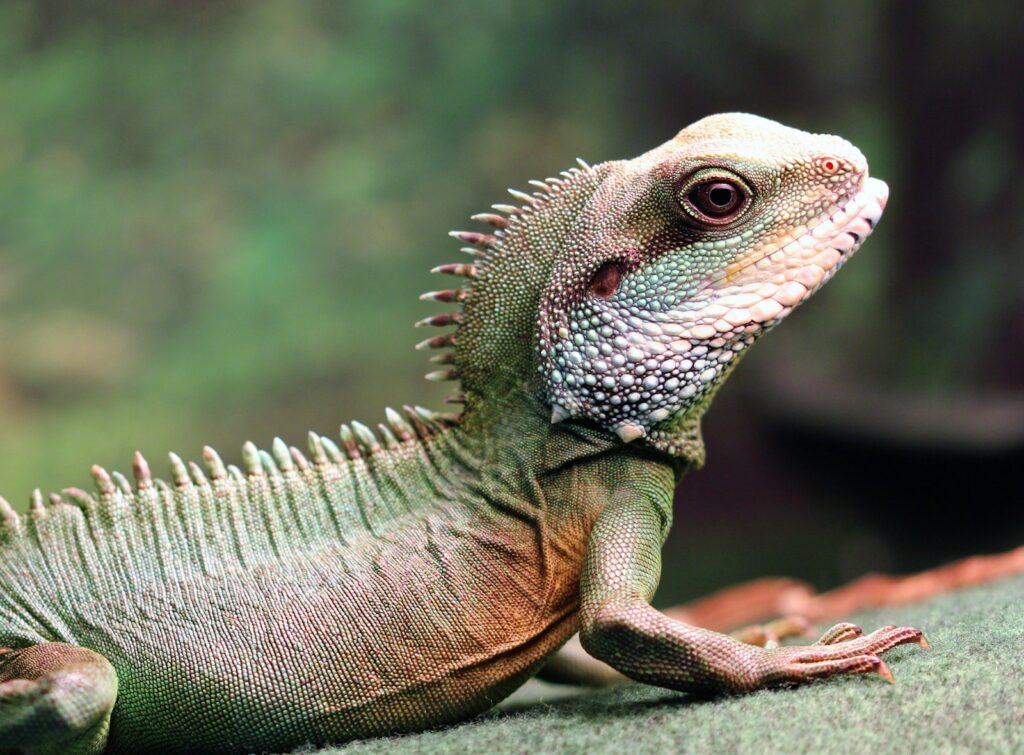
Chinese Water Dragons (Physignathus cocincinus) are medium to large-sized lizards that typically reach 2-3 feet in length, including their long, whip-like tails that make up about two-thirds of their total length. In the wild, these reptiles inhabit the tropical forests of Southeast Asia, including parts of China, Thailand, Vietnam, and Cambodia, where they spend much of their time near water sources.
With proper care, Chinese Water Dragons can live 10-15 years in captivity, representing a significant long-term commitment for potential owners. Their striking appearance—bright green coloration, distinctive crest running from head to tail, and expressive eyes—makes them visually appealing pets, but their care requirements are considerably more complex than many first-time reptile keepers anticipate.
Space Requirements: Think Big
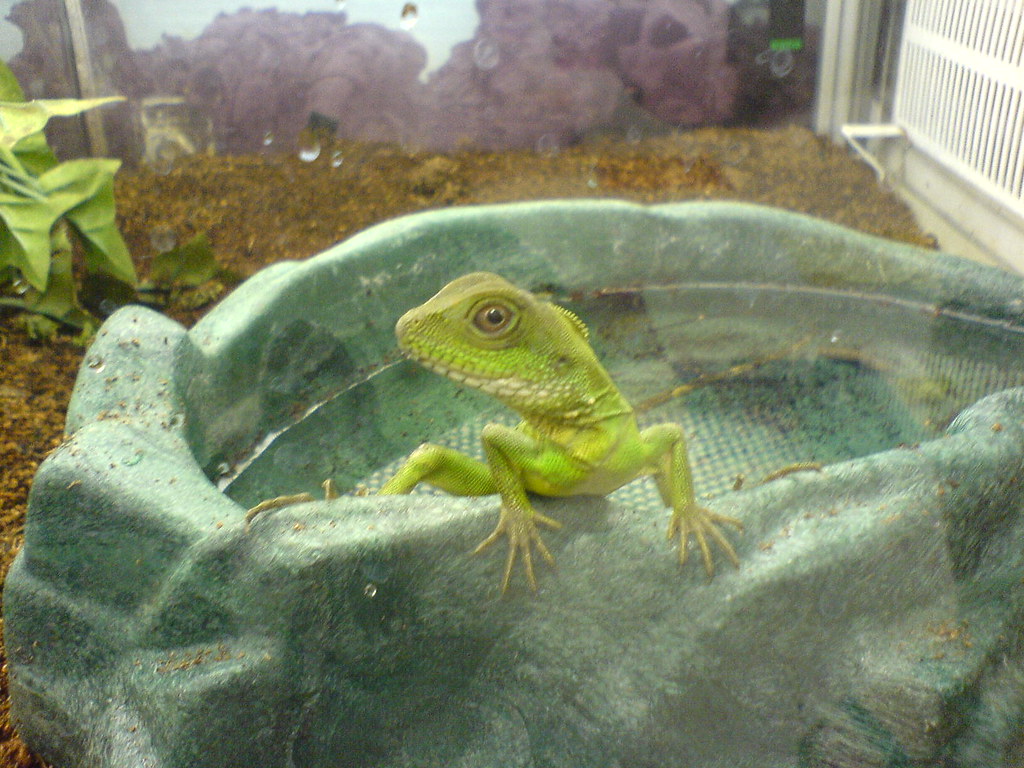
Chinese Water Dragons require substantial enclosure space that many new owners underestimate when acquiring a juvenile dragon. Adult dragons need a minimum enclosure size of 6 feet tall, 4 feet wide, and 3 feet deep—dimensions that exceed what many homes can comfortably accommodate. These lizards are semi-arboreal, meaning they need significant vertical space with sturdy branches for climbing and basking at various heights.
The enclosure should also include a large water area deep enough for swimming, as these reptiles are excellent swimmers who use water for thermoregulation, hydration, and as a retreat when stressed. Inadequate space is one of the primary causes of health issues in captive Chinese Water Dragons, leading to stress, reduced immune function, and shortened lifespan.
Creating the Perfect Habitat
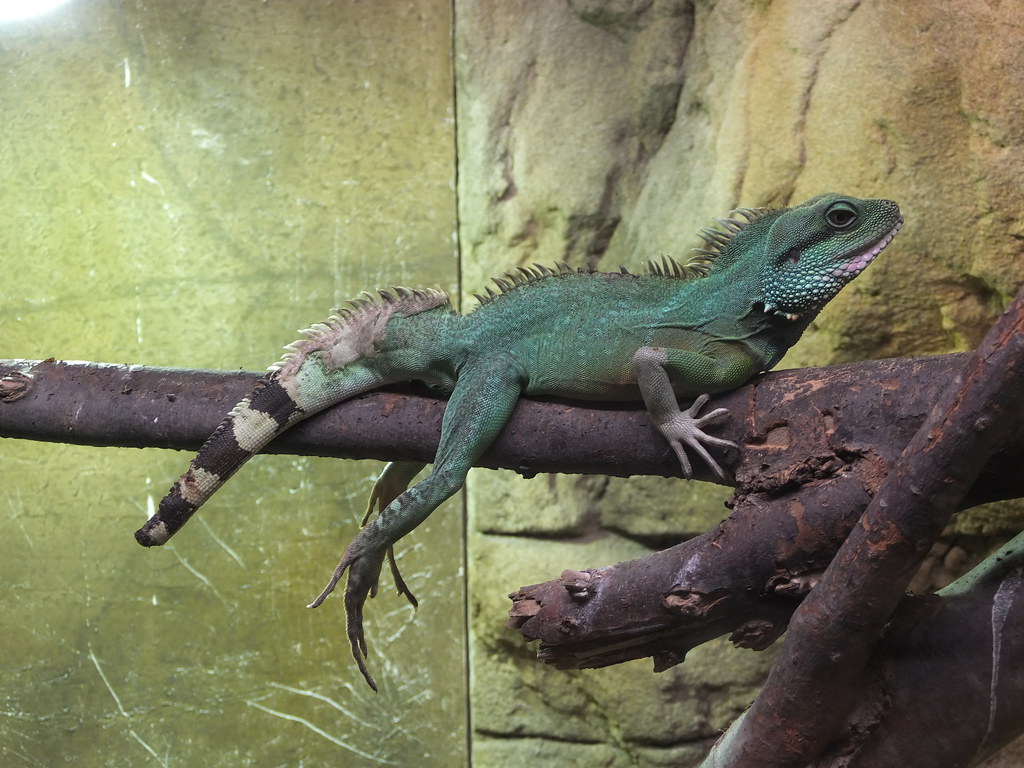
Chinese Water Dragons require a meticulously designed habitat that mimics their tropical forest environment. The enclosure should maintain a temperature gradient ranging from 75-80°F on the cool side to a basking spot of 90-95°F, with nighttime temperatures no lower than 75-80°F. Humidity levels must be maintained between 70-80%, which typically requires multiple daily misting sessions, foggers, or automated misting systems.
The habitat should feature a diverse landscape with multiple climbing branches, sturdy plants (live or artificial), hiding spots at various heights, and a substantial water feature that allows for complete submersion. UVB lighting is absolutely essential for proper calcium metabolism and overall health, with bulbs that need replacement every 6-12 months even if they appear to be functioning normally.
Diet and Nutrition Needs
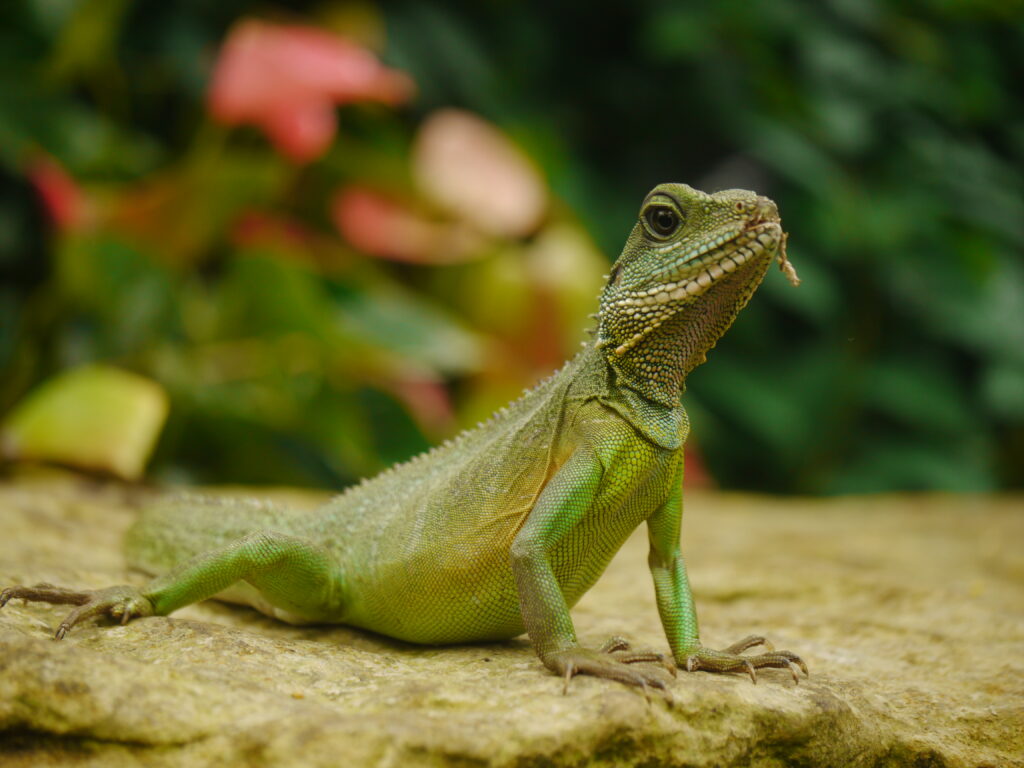
Feeding a Chinese Water Dragon properly requires commitment to a varied diet that changes as the dragon matures. Juvenile dragons are primarily insectivorous, requiring daily feedings of appropriately sized crickets, roaches, and other insects dusted with calcium and vitamin supplements. As they mature, their diet should expand to include more plant matter and occasional small prey items like appropriately sized fish or pinky mice. All insects fed to dragons should be gut-loaded (fed nutritious foods before being offered to your pet) to maximize their nutritional value. Proper nutrition is crucial for preventing metabolic bone disease, a common and serious condition in captive reptiles resulting from calcium deficiency or improper calcium-to-phosphorus ratios in the diet.
Behavioral Characteristics and Temperament
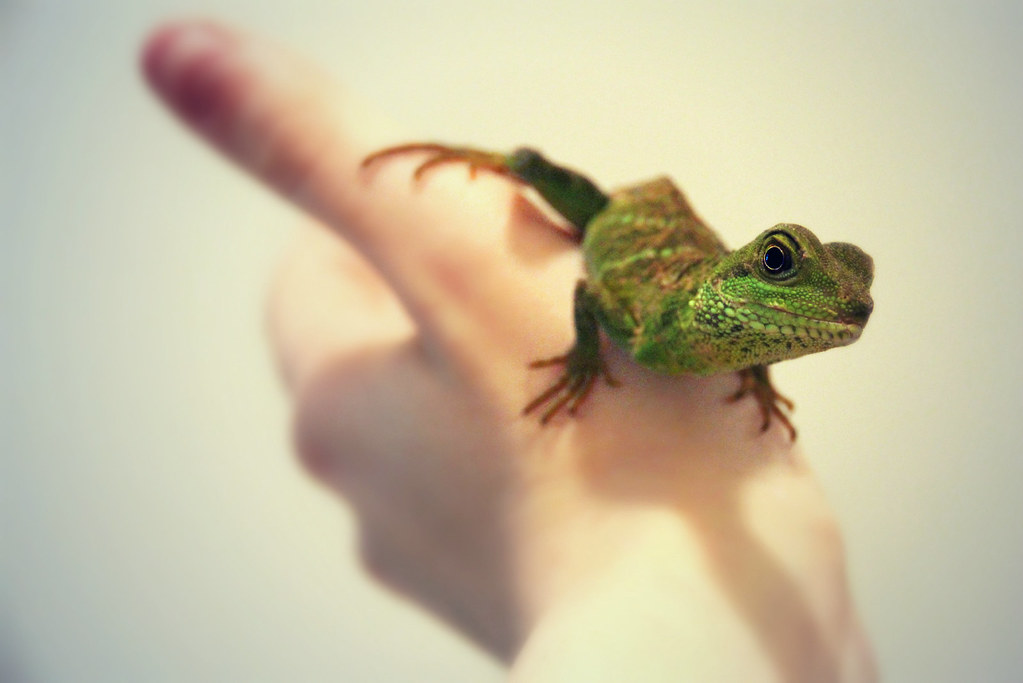
Chinese Water Dragons are intelligent reptiles with distinct personalities that become more apparent as they acclimate to captivity. While they can become somewhat tame with regular, gentle handling, they generally remain more of a display pet than a cuddly companion. These dragons communicate through body language, including head bobbing (often a dominance display), arm waving (a submissive gesture), and color changes that can indicate stress, excitement, or temperature regulation needs. Many owners are surprised by their dragons’ ability to recognize them and respond differently to familiar versus unfamiliar people. It’s important to note that these reptiles have a natural flight response and may jump when startled, which can lead to injuries if not properly supervised during handling sessions.
Health Concerns and Veterinary Care
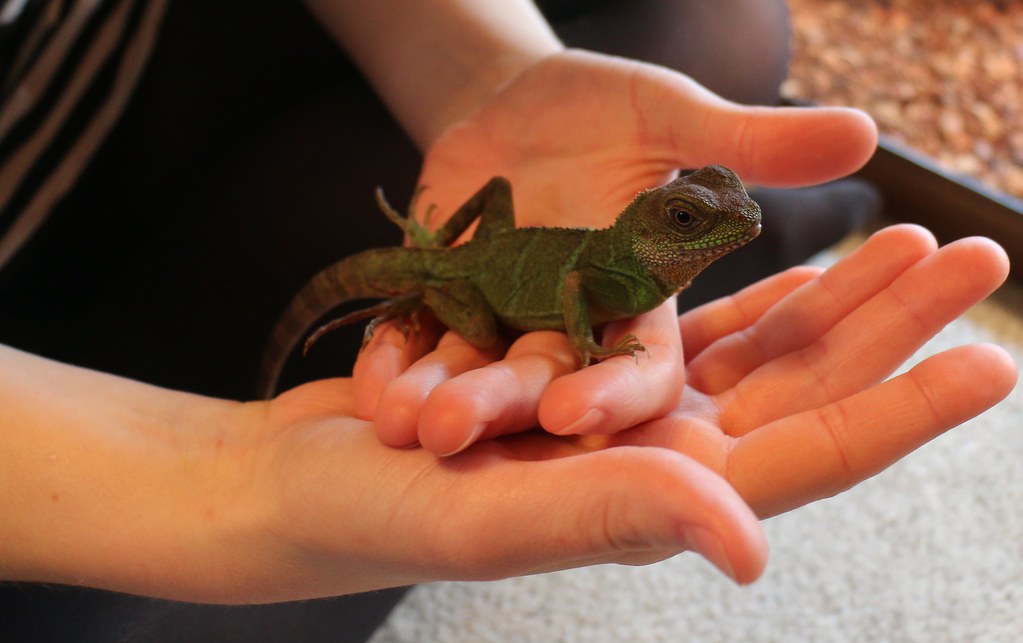
Finding qualified veterinary care for Chinese Water Dragons can be challenging and expensive, as not all exotic veterinarians have experience with these specific reptiles. Common health issues include metabolic bone disease, respiratory infections (often resulting from improper humidity or temperature), parasitic infections, and stress-related illnesses. New dragons should receive a veterinary check-up within the first few weeks of acquisition, with fecal testing to check for parasites.
Owners should budget for annual wellness exams, which typically cost between $75-150, plus additional funds for potential treatments and emergencies. Establishing a relationship with an experienced reptile veterinarian before health problems arise is essential, as delays in treatment can rapidly lead to serious complications in reptiles, who typically mask illness until it becomes advanced.
Initial and Ongoing Costs

The financial commitment for properly keeping a Chinese Water Dragon extends far beyond the initial purchase price of the animal, which typically ranges from $30-75 for juveniles. Setting up an appropriate enclosure can cost $500-1,000 or more when accounting for the large custom tank or enclosure, proper lighting fixtures, heating elements, thermostats, hygrometers, substrate, plants, branches, water features, and filtration systems.
Monthly expenses average $50-100 for electricity (heating and lighting draw significant power), food, supplements, substrate replacement, and routine maintenance. Additionally, owners should maintain an emergency fund of at least $300-500 for unexpected veterinary care, as exotic animal treatments often require specialized knowledge and equipment that comes at a premium price.
Handling and Socialization
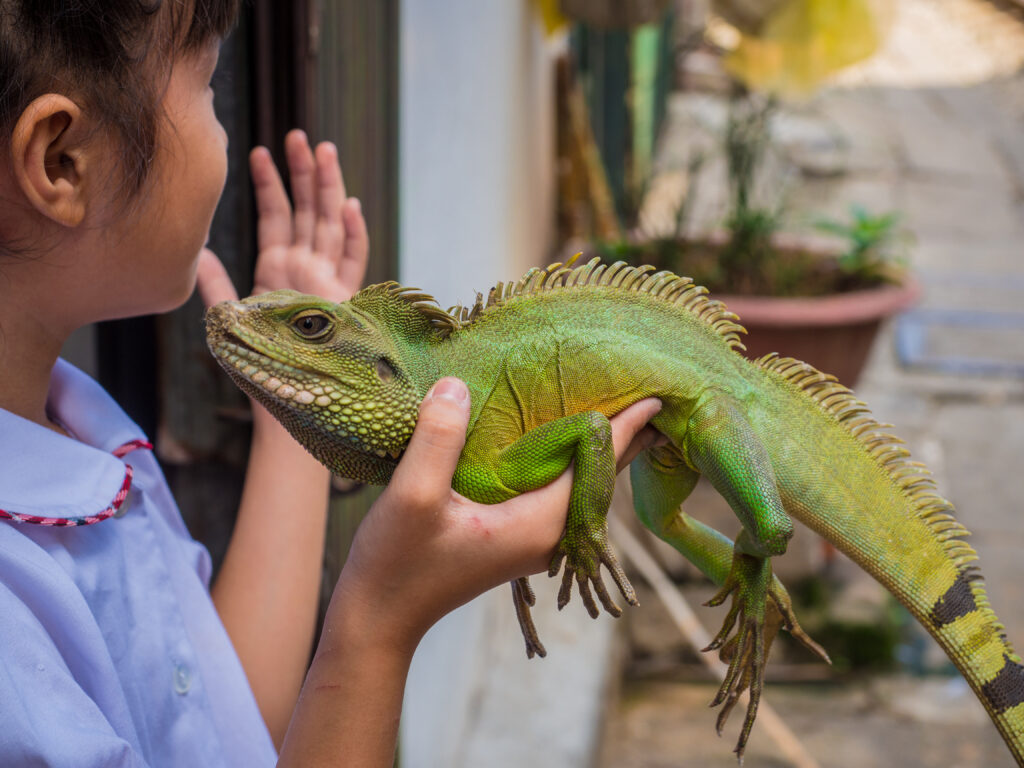
Developing a trusting relationship with a Chinese Water Dragon requires patience, consistency, and respect for the animal’s natural behaviors. Proper handling techniques include supporting the dragon’s entire body, never grabbing or restraining by the tail (which can break off through a defensive mechanism called autotomy), and limiting handling sessions to 10-15 minutes initially. Most dragons require a period of acclimation to their new environment before handling attempts, typically 2-4 weeks of minimal disturbance beyond necessary care tasks.
Socialization should progress gradually, starting with hand-feeding opportunities before advancing to gentle handling. Even well-socialized dragons may never enjoy extensive handling, and owners should be prepared to respect individual temperament differences that make some dragons more receptive to interaction than others.
Signs of a Healthy Dragon
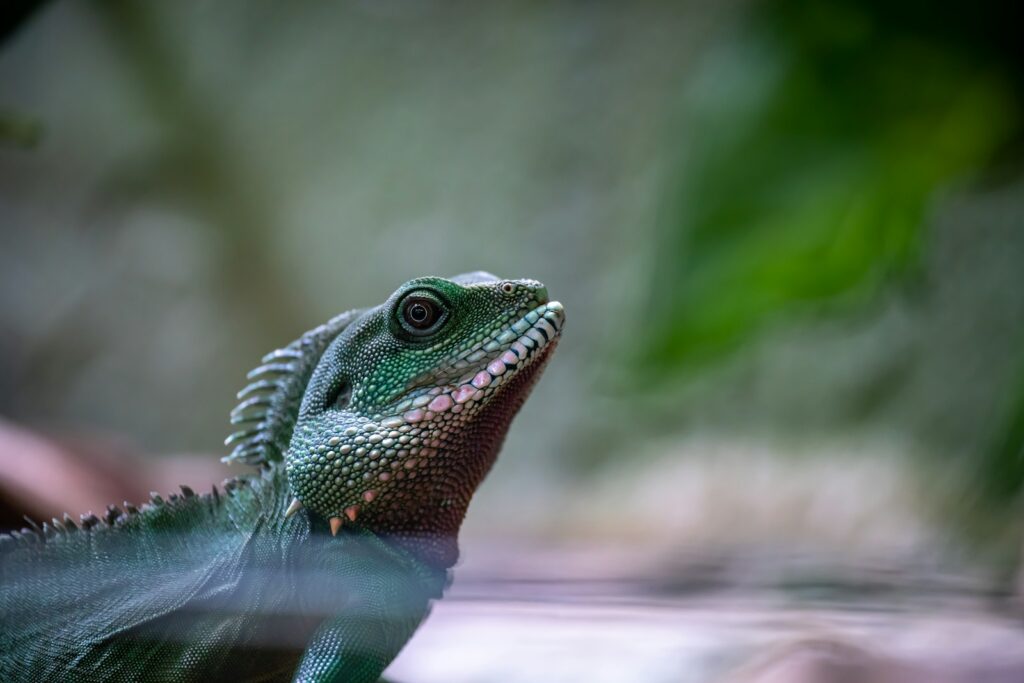
Learning to recognize indicators of health and distress in Chinese Water Dragons is essential for proactive care. A healthy dragon displays bright, alert eyes; smooth skin without stuck shed; a full, rounded tail base (where fat is stored); regular, formed bowel movements; and active, responsive behavior including climbing, swimming, and exploring. Their movements should be coordinated and purposeful, with no trembling or weakness. Healthy dragons also demonstrate good appetite and will typically approach food with enthusiasm when offered appropriate items. Weight should be monitored regularly, as both unexplained weight loss and obesity can indicate health problems requiring veterinary attention.
Common Misconceptions About Chinese Water Dragons
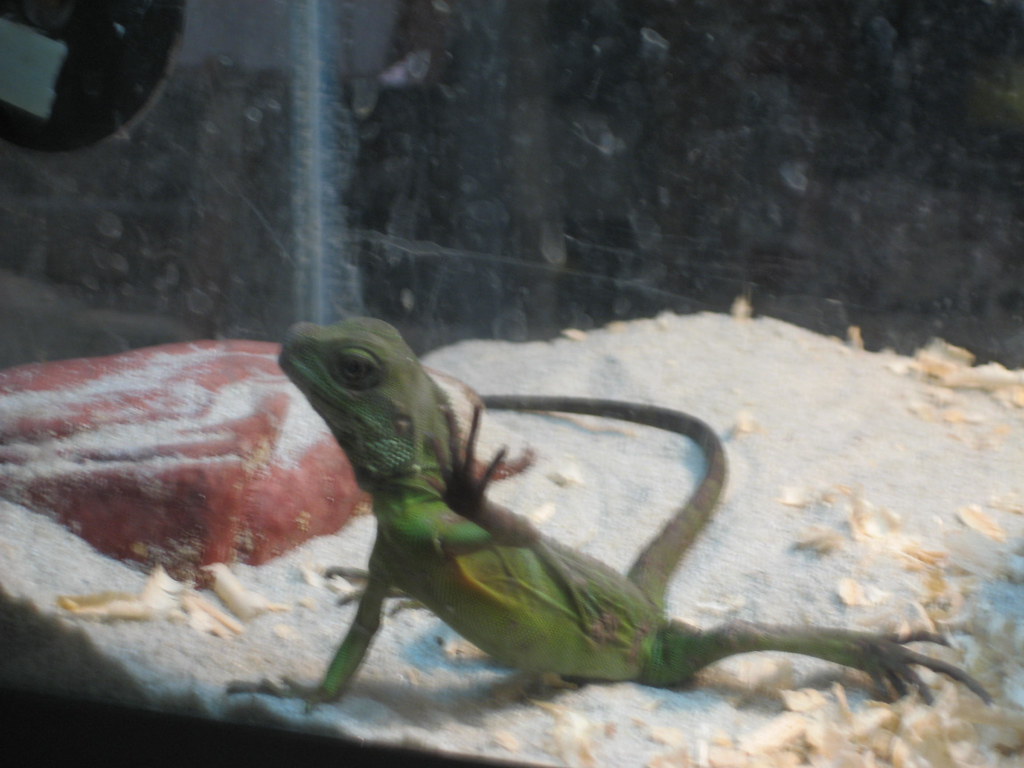
Many new owners operate under misconceptions that can lead to inadequate care and disappointed expectations. One common myth is that juvenile dragons can be permanently housed in small enclosures—in reality, planning for adult housing requirements from the beginning prevents stress during transitions and saves money in the long run. Another misconception is that these lizards are low-maintenance pets, when in fact their environmental needs require daily attention and monitoring.
Some potential owners believe Chinese Water Dragons make good pets for children, but their specialized care requirements, potential for stress-related health issues, and natural defensive behaviors make them better suited for dedicated adult enthusiasts. Additionally, the belief that these dragons are strictly carnivorous leads to nutritional deficiencies in captivity; a properly balanced diet becomes increasingly omnivorous as the dragon matures.
Ethical Considerations of Ownership
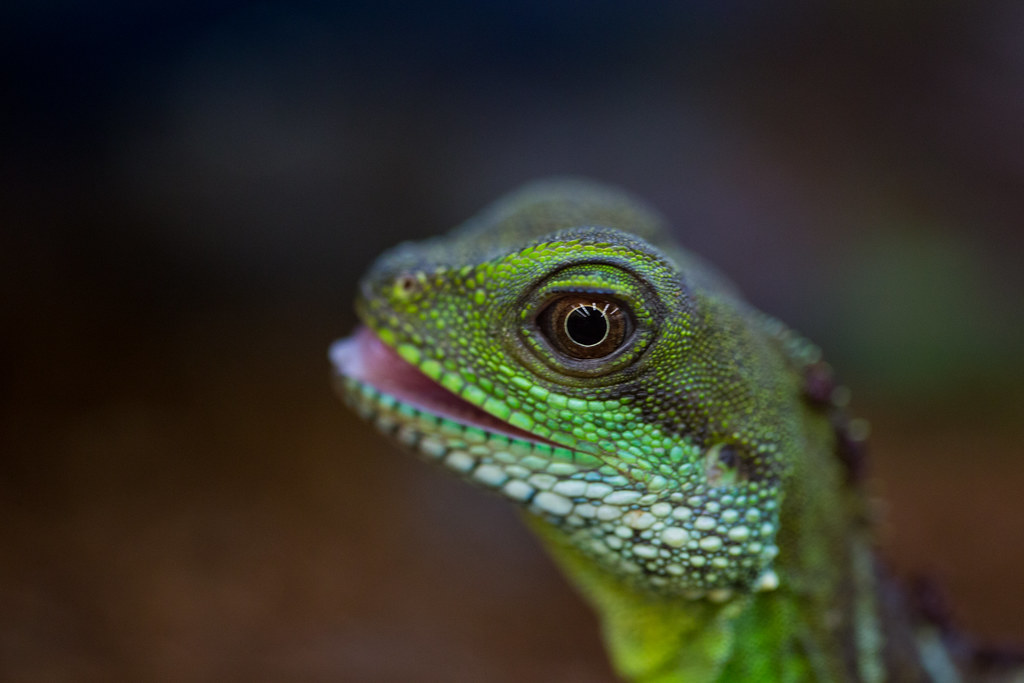
Ethical ownership of Chinese Water Dragons includes careful consideration of the source of your pet and long-term commitment planning. Most dragons in the pet trade are wild-caught or farm-raised in their native countries, which raises concerns about sustainability and the stress of capture and transportation. When possible, seek captive-bred specimens from reputable breeders, who can provide information about the dragon’s health history and typically produce animals better adapted to captivity.
Potential owners should also have a contingency plan for their dragon’s care in case of personal circumstances changing, as rehoming exotic pets can be challenging. The specialized nature of Chinese Water Dragon care means that suitable new homes may be difficult to find if you can no longer keep your pet, and many reptile rescues operate at capacity with limited resources.
Alternatives to Consider
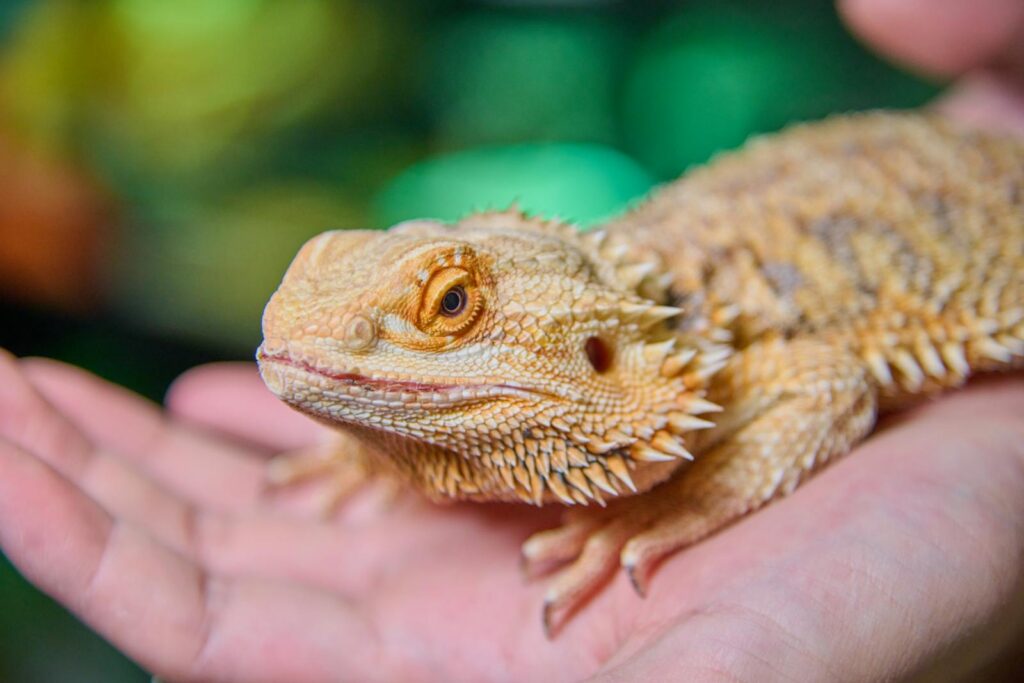
If after reading about the extensive care requirements you’re feeling uncertain, several reptile species offer similar appeal with less demanding needs. Bearded dragons require less space, lower humidity, and generally adapt better to handling while still providing an interactive reptile experience. Crested geckos thrive in smaller enclosures, require no UVB lighting, and have simpler dietary needs with commercially available prepared foods. For those primarily attracted to the aquatic aspects of Chinese Water Dragons, painted turtles or smaller aquatic turtle species might be suitable, though they come with their own specific care requirements. Thoroughly researching any potential pet before acquisition is always the most responsible approach, regardless of which species you ultimately choose.
Making the Final Decision
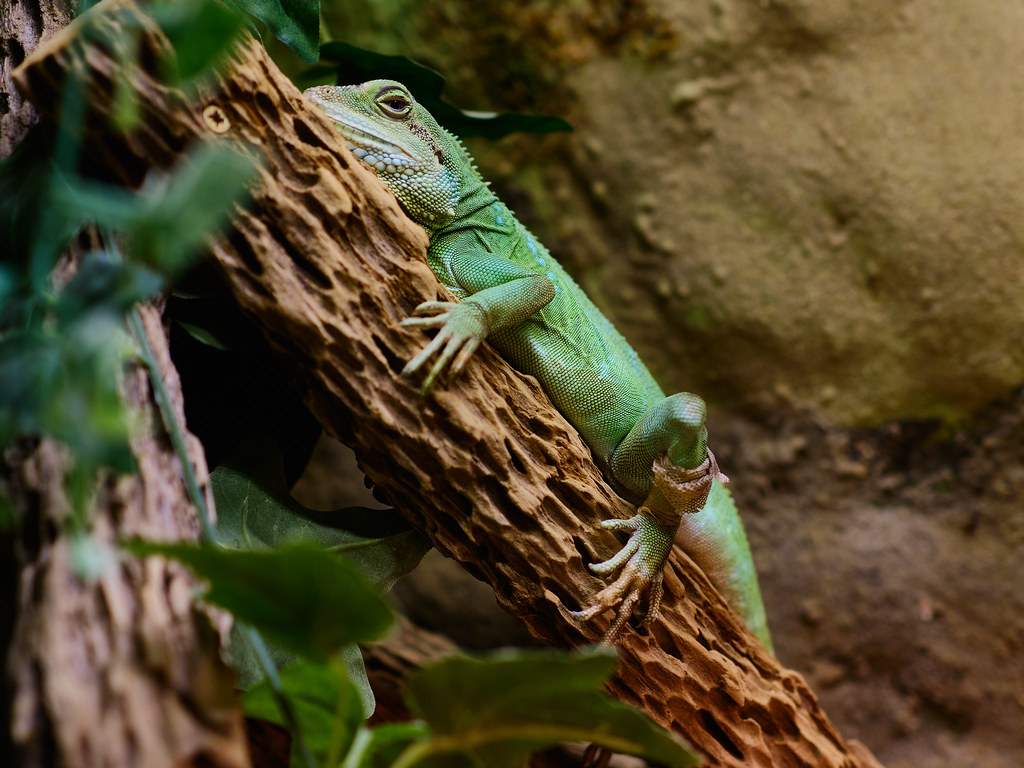
Deciding whether a Chinese Water Dragon is right for you should involve honest assessment of your resources, commitment level, and expectations. Consider whether you can provide the substantial space requirements not just now, but for the next 10-15 years, including through potential moves or life changes. Evaluate your budget realistically, accounting for both setup costs and ongoing expenses including potential veterinary care.
Reflect on your experience level with reptiles; while Chinese Water Dragons can be appropriate for dedicated beginners willing to learn, they generally thrive best with owners who have previous reptile-keeping experience. Finally, consider your primary goals as a pet owner—if you’re seeking a highly interactive pet that enjoys handling, a Chinese Water Dragon may not be the ideal choice, as they’re primarily observational pets that require respect for their natural behaviors.
Chinese Water Dragons can make fascinating, rewarding pets for the right owner—someone who appreciates their natural behaviors, has the space and resources to meet their specialized needs, and values them for the magnificent reptiles they are rather than expecting them to behave like mammalian pets. With proper care, these emerald arboreal lizards can thrive in captivity, providing years of enjoyment and learning opportunities. However, their complex care requirements make them better suited to dedicated enthusiasts than casual pet owners. If you’re prepared for the commitment, a Chinese Water Dragon can be an engaging ambassador to the fascinating world of reptiles, but if you have any doubts about your ability to provide optimal care, it’s better to admire these magnificent creatures from afar or at reputable zoos and exhibits.

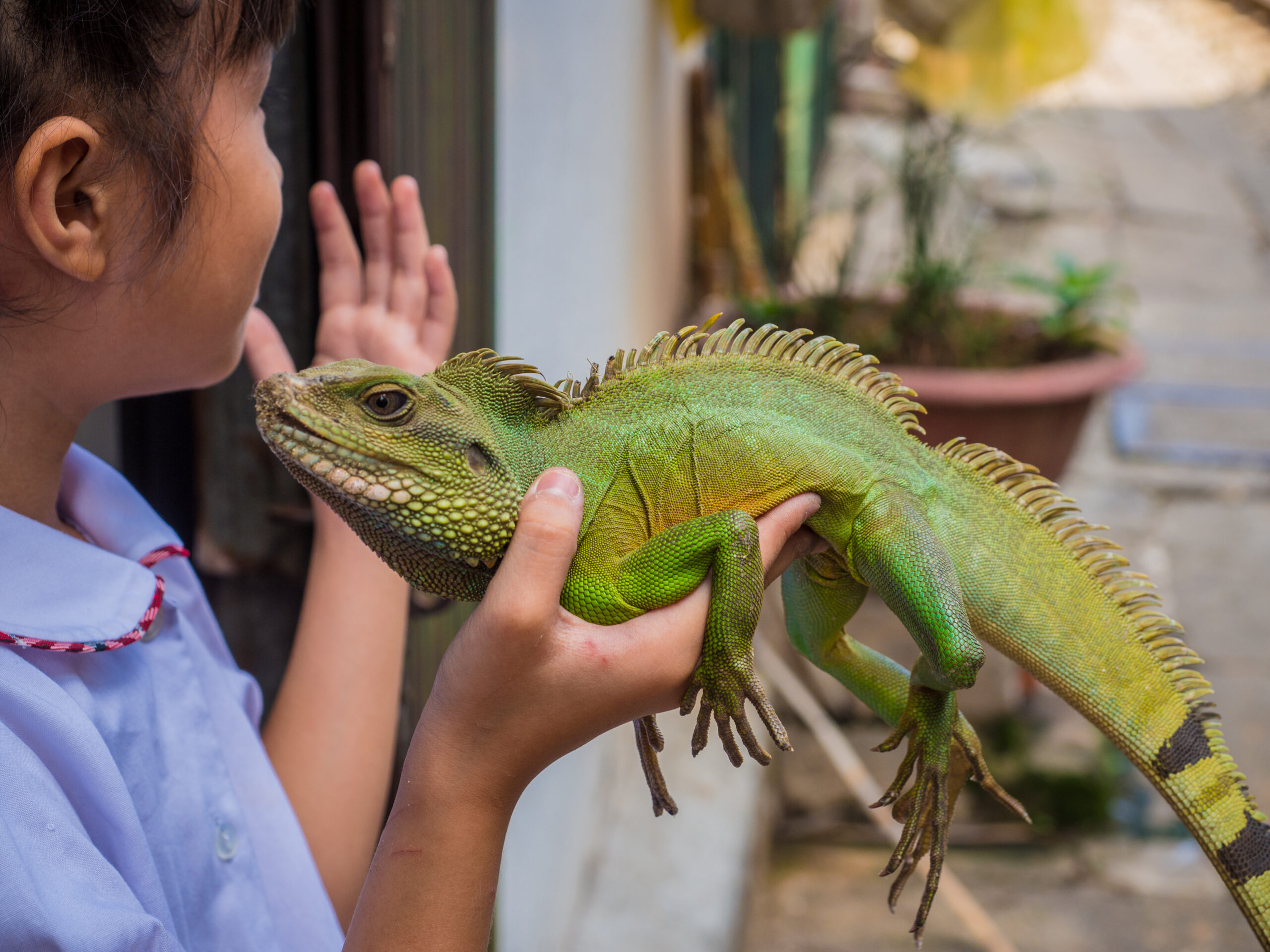
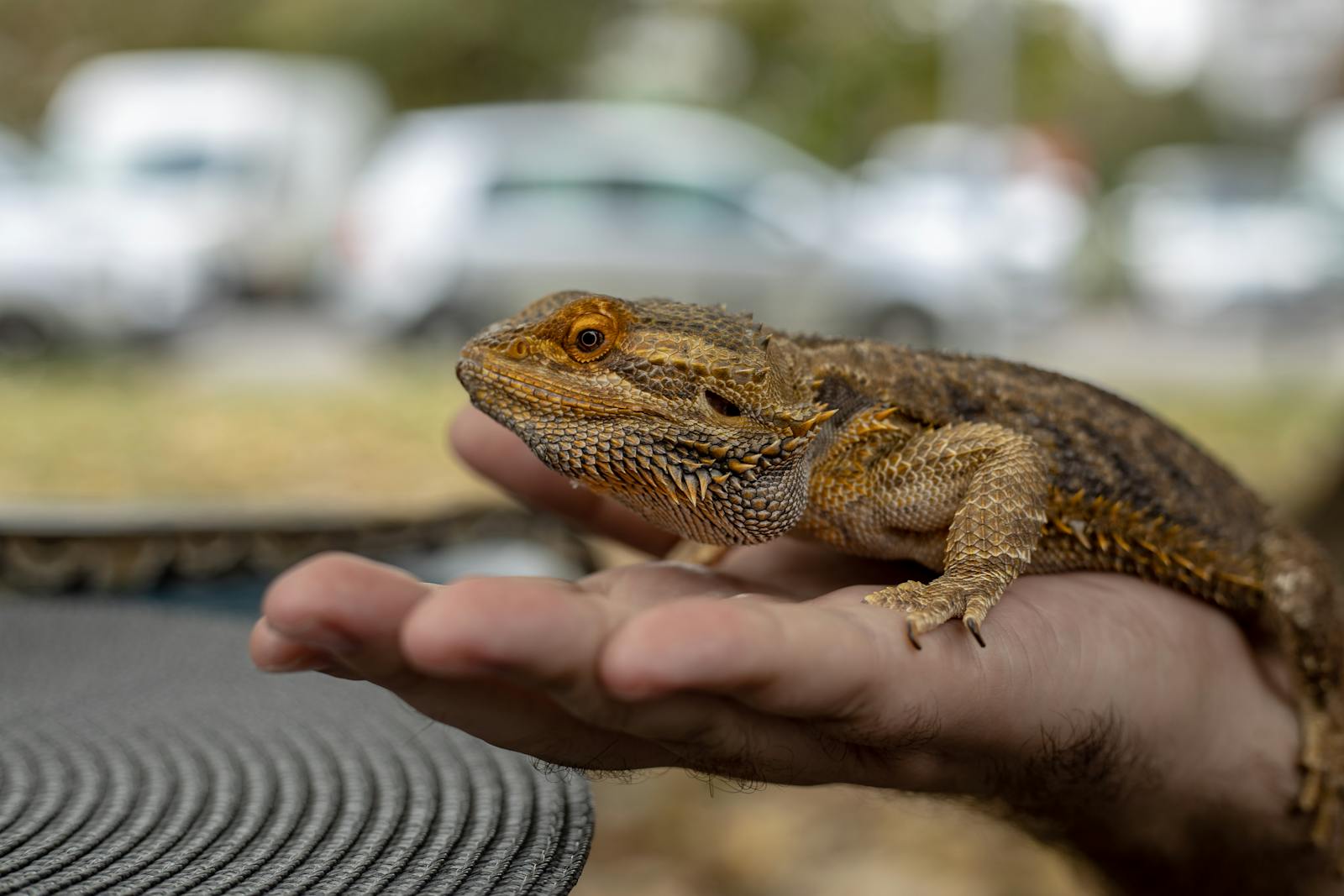

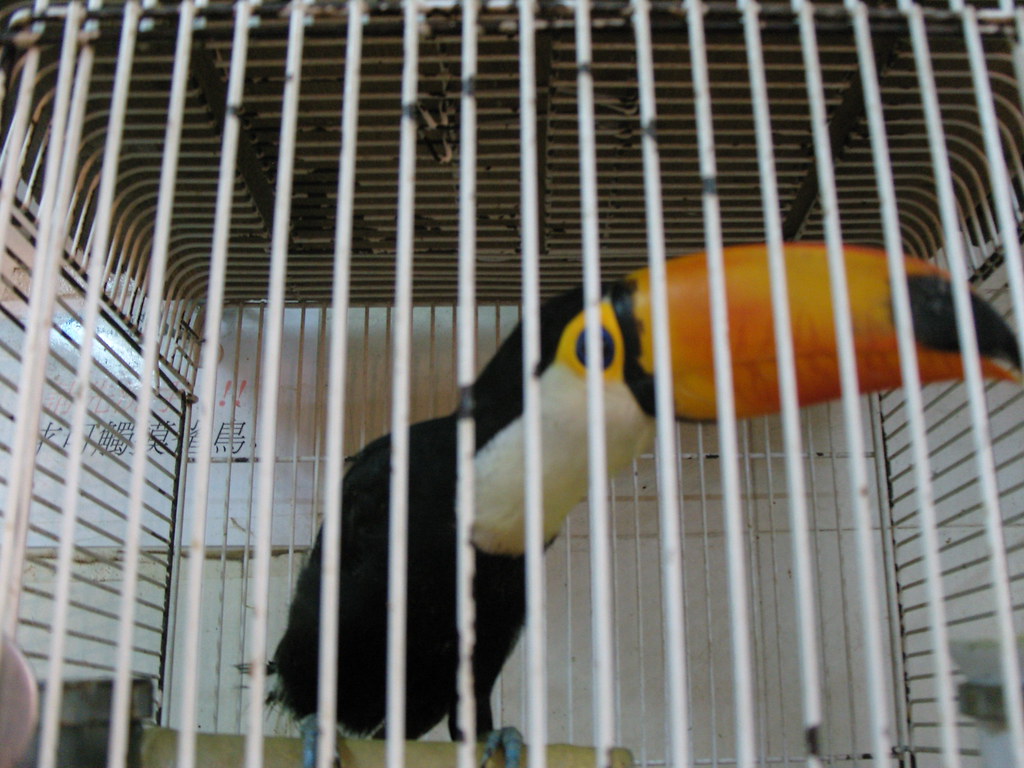
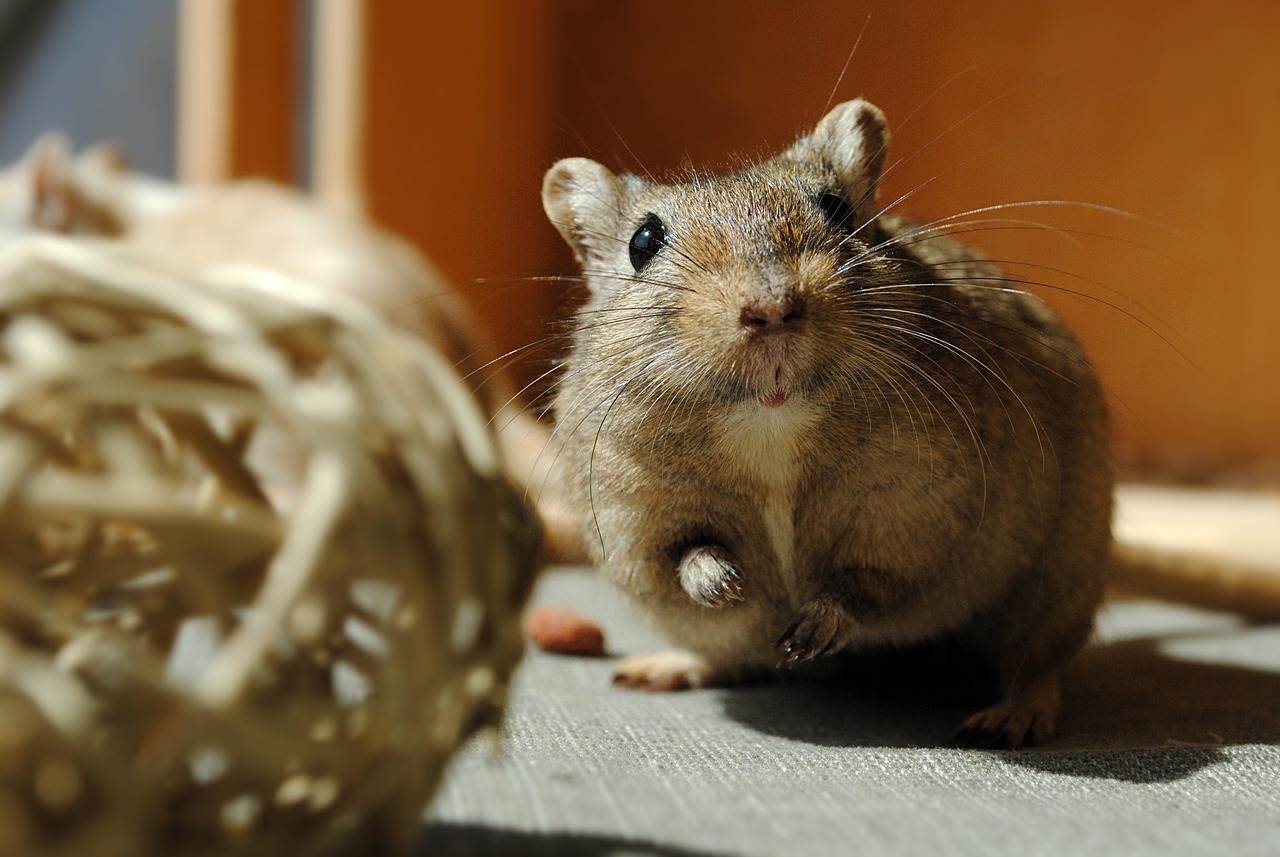
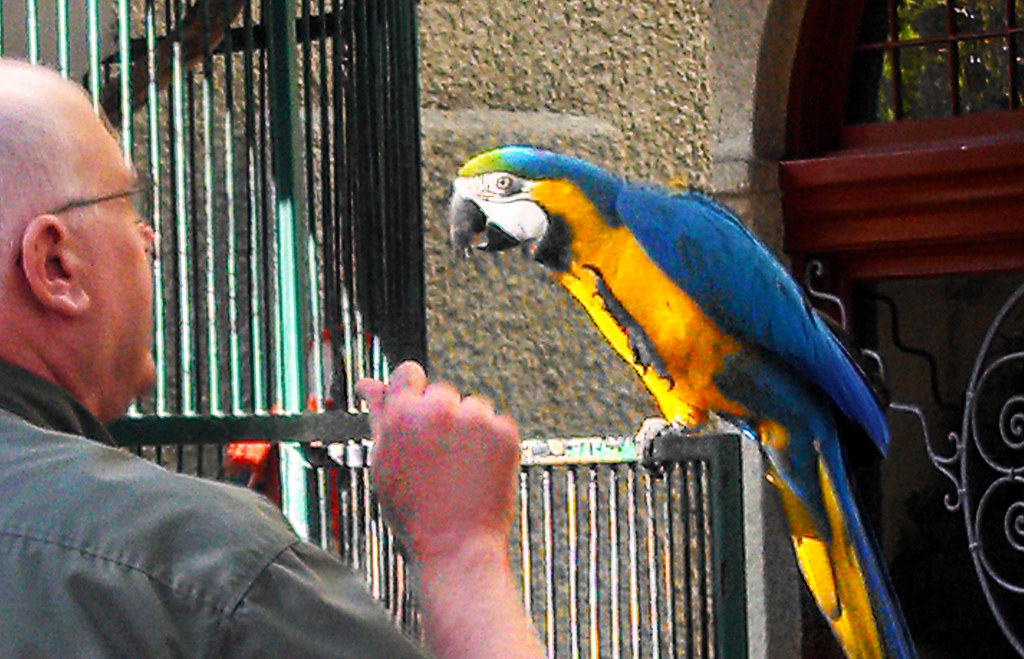
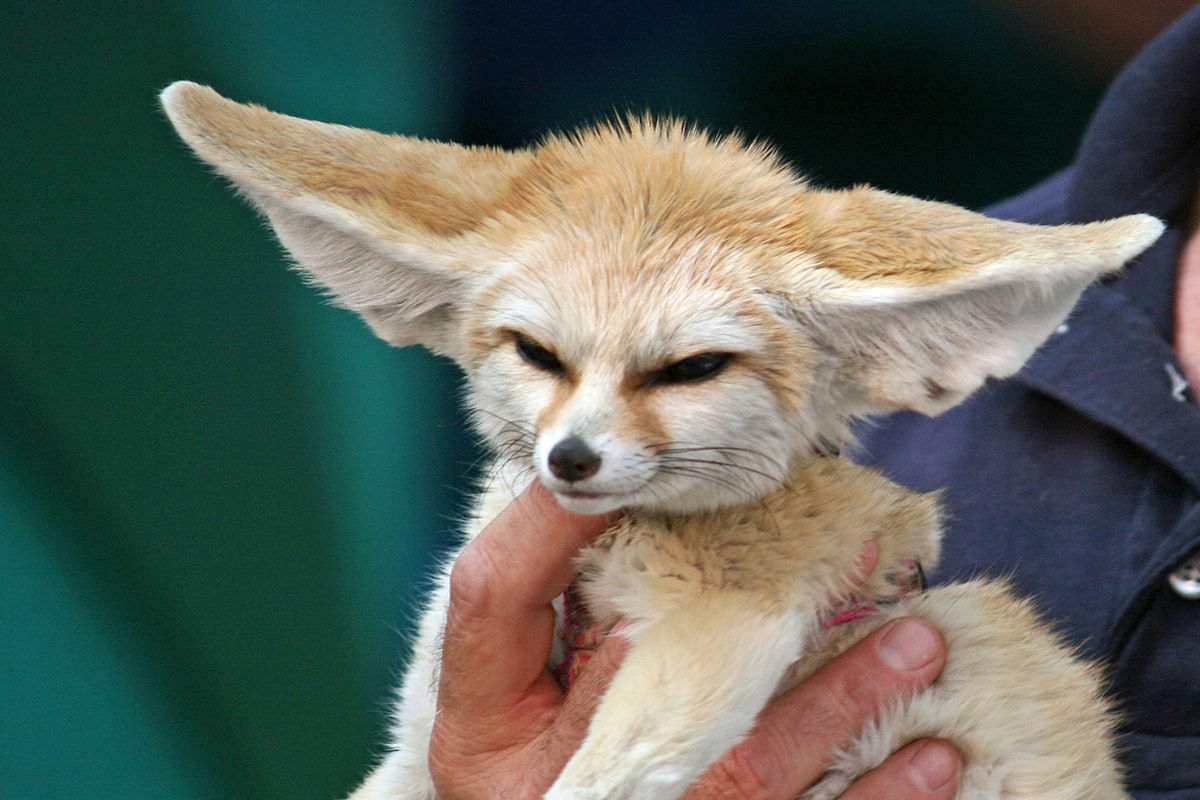
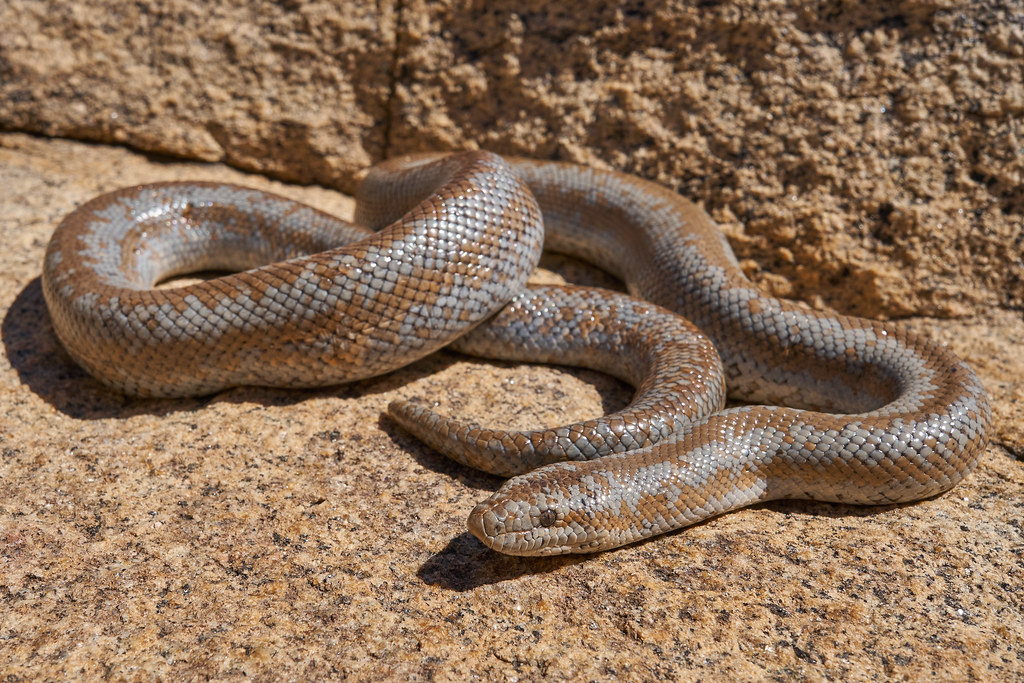
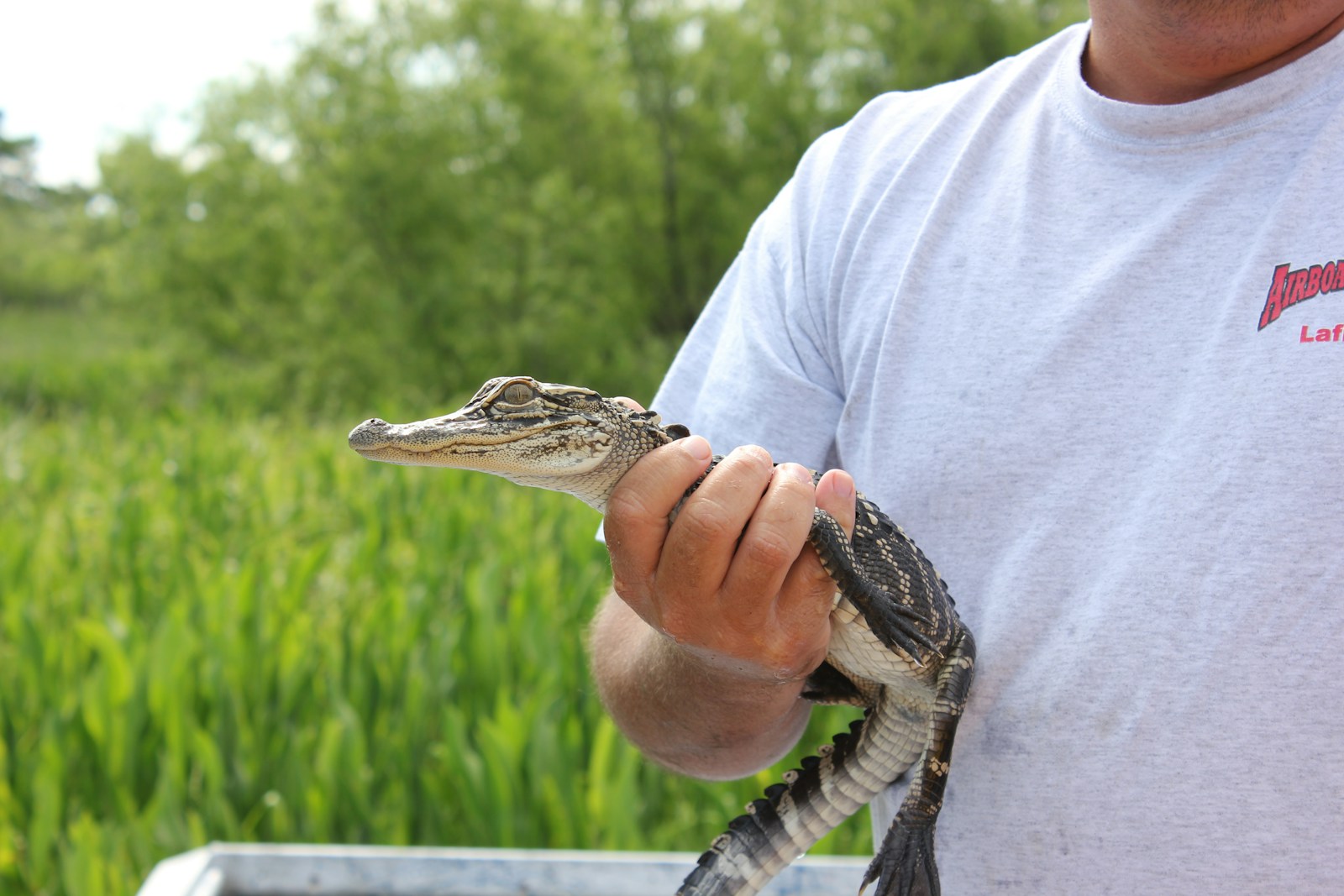
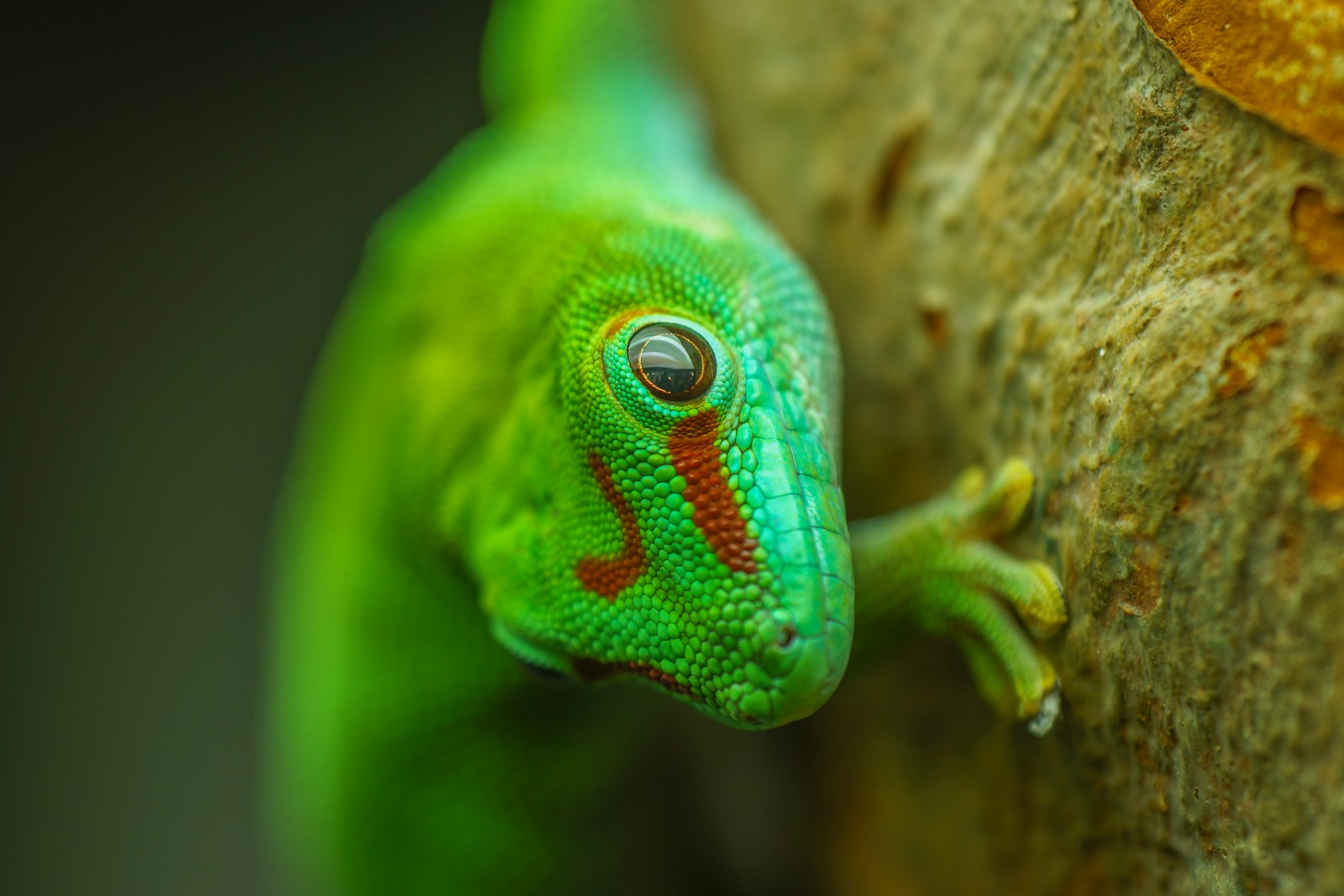
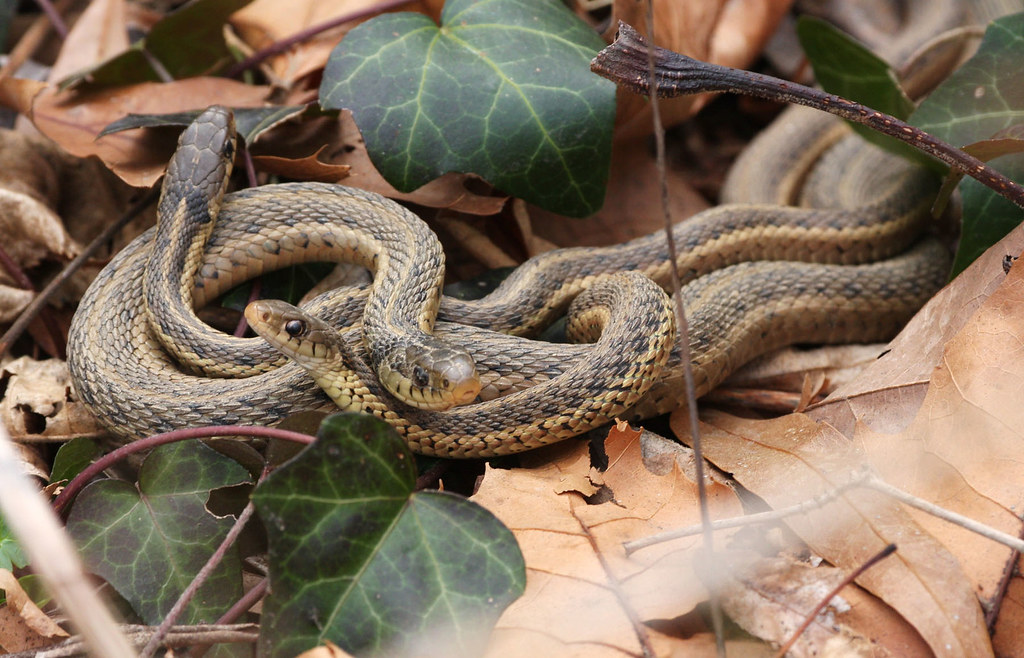




Leave a Reply